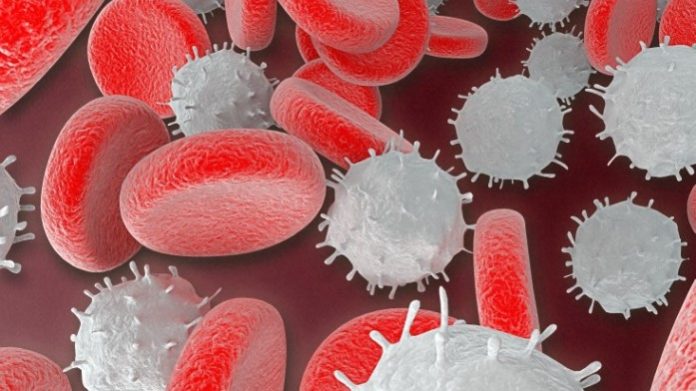In April 2016, Melissa Benoit was admitted to Toronto General Hospital in a severe state of lung failure. She had increasingly frequent chest infections brought on by her cystic fibrosis and a recent bout of influenza had tipped her over the edge. Her lungs were slowly filling with blood and mucous, making it impossible to breathe.
As the bacterial infection spread throughout her body, her organs began to shut down one by one. She was experiencing septic shock, the body’s response to widespread inflammation, and there was no way she’d survive long enough for a lung transplant.
Except she did.
Her team of doctors – Shaf Keshavjee, Tom Waddell, and Marcelo Cypel – did something that had never been done before: they removed Melissa’s lungs, the source of the infection, allowing her body to recover from infection. For six days, Melissa Benoit survived hooked up to an artificial lung, heart, and kidney, waiting for a set of donor lungs.
This drastic procedure saved Melissa’s life, but it’s not for everyone.
“The vast majority of cases would not be appropriate [for this procedure], as they would need to be both candidates for lung transplant and in imminent danger of dying,” explains Waddell.
But widespread inflammation and septic shock are serious problems that can occur for numerous other reasons including pneumonia, appendicitis, and meningitis. In fact, septic shock is one of the most common reasons patients go to the intensive care unit.
Shocking stats
Septic shock occurs when the body’s inflammatory response triggers the dilation of blood vessels, usually in response to bacteria in the bloodstream. This causes a drop in blood pressure and decreased blood flow such that individual tissues don’t receive enough oxygen. Low oxygen causes organ dysfunction, eventually leading to organ failure.
Currently, when someone presents with septic shock at the hospital, doctors will attempt to treat the source of the infection while using antibiotics to fight the bacteria and providing respiratory or other support as needed. Still, mortality rates are as high as 40-50%.
“It’s a huge problem, it’s a common problem, and it’s a problem that has made very little progress in a long time,” says Dr. Duncan Stewart, a senior scientist at The Ottawa Hospital and Professor at the University of Ottawa.
Along with his colleague Dr. Lauralyn McIntyre, a critical care physician at The Ottawa Hospital, Stewart recently completed a Phase I safety trial evaluating mesenchymal stem cell (MSC) therapy for patients in severe septic shock. They called it CISS (pronounced “kiss”) for “Cellular Immunotherapy for Septic Shock”. Unlike Benoit’s drastic operation, this type of treatment could benefit a much larger number of patients.
Immune modulation
MSCs are structural cells that reside in adult tissues and can differentiate into many different cell types including bone cells, muscle cells, cartilage cells, and fat cells. They’ve also been intensely studied for their ability to modulate the immune response, and it’s for this reason that they are promising as a treatment for septic shock.
“They’re not like a sledgehammer; they target the immune response in a balanced way,” explains Dr. Stewart, who is also the Executive Vice-President of Research at The Ottawa Hospital. “They downregulate inflammatory pathways but upregulate pathways that promote bacterial clearance.”
It’s the perfect combination of effects for patients in septic shock: calm the immune system and get rid of the underlying bacterial infection.
MSCs are also non-immunogenic, meaning that they don’t generate a rejection response like other transplants. This is key in the treatment of acute diseases like septic shock where there is no time to try and culture personalized stem cells from each patient.
Based on the Phase I trial data, a multicentre Phase II trial to evaluate the treatment efficacy is set to begin soon.
“A disruptive technology”
Stewart and McIntyre are not the only ones excited about MSCs. As of 2014, there were 218 clinical trials using MSCs to treat a variety of conditions from arthritis to multiple sclerosis.
But Stewart warns not to get carried away by the hype and expect too much from these trials right away – the clinical scenario is very different from pre-clinical work in the lab. At the same time, he remains excited:
“This is exactly how disruptive technologies evolve; initially they meet a very low bar.”
He compares cell therapy to the first personal computers in the mid 70’s. Initially they were little more than toys, but they changed the face of technology.
“That’s exactly the case with cell therapies and regenerative medicine. Our initial effects are going to be modest, because we are just beginning to understand how to do this. The real excitement is in how they will progress.”








































